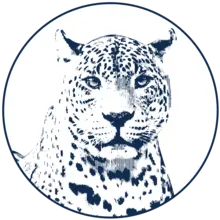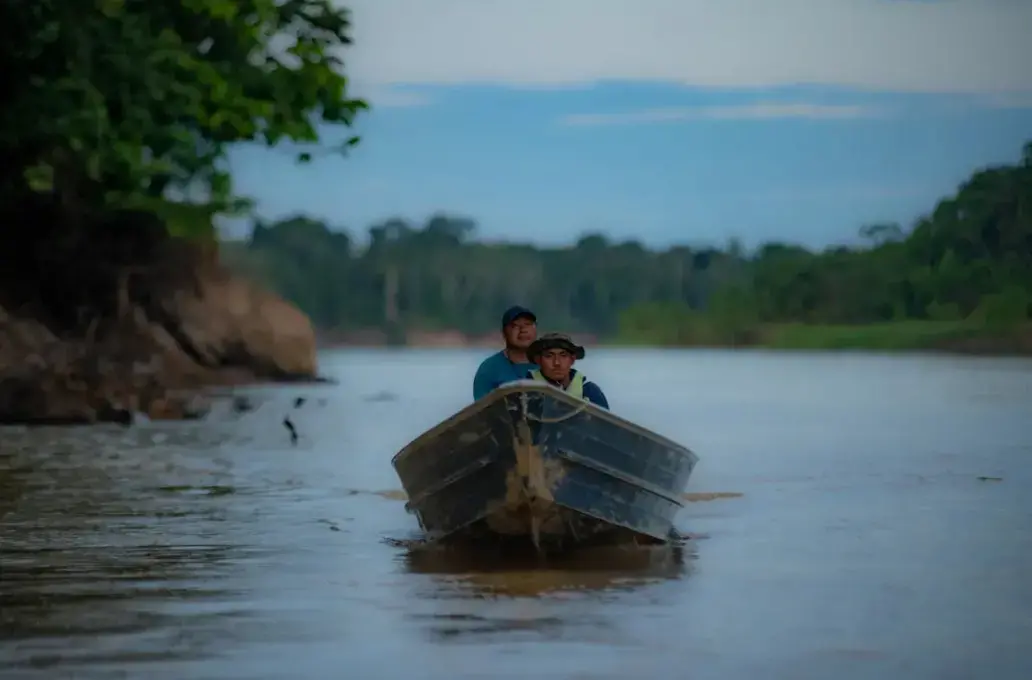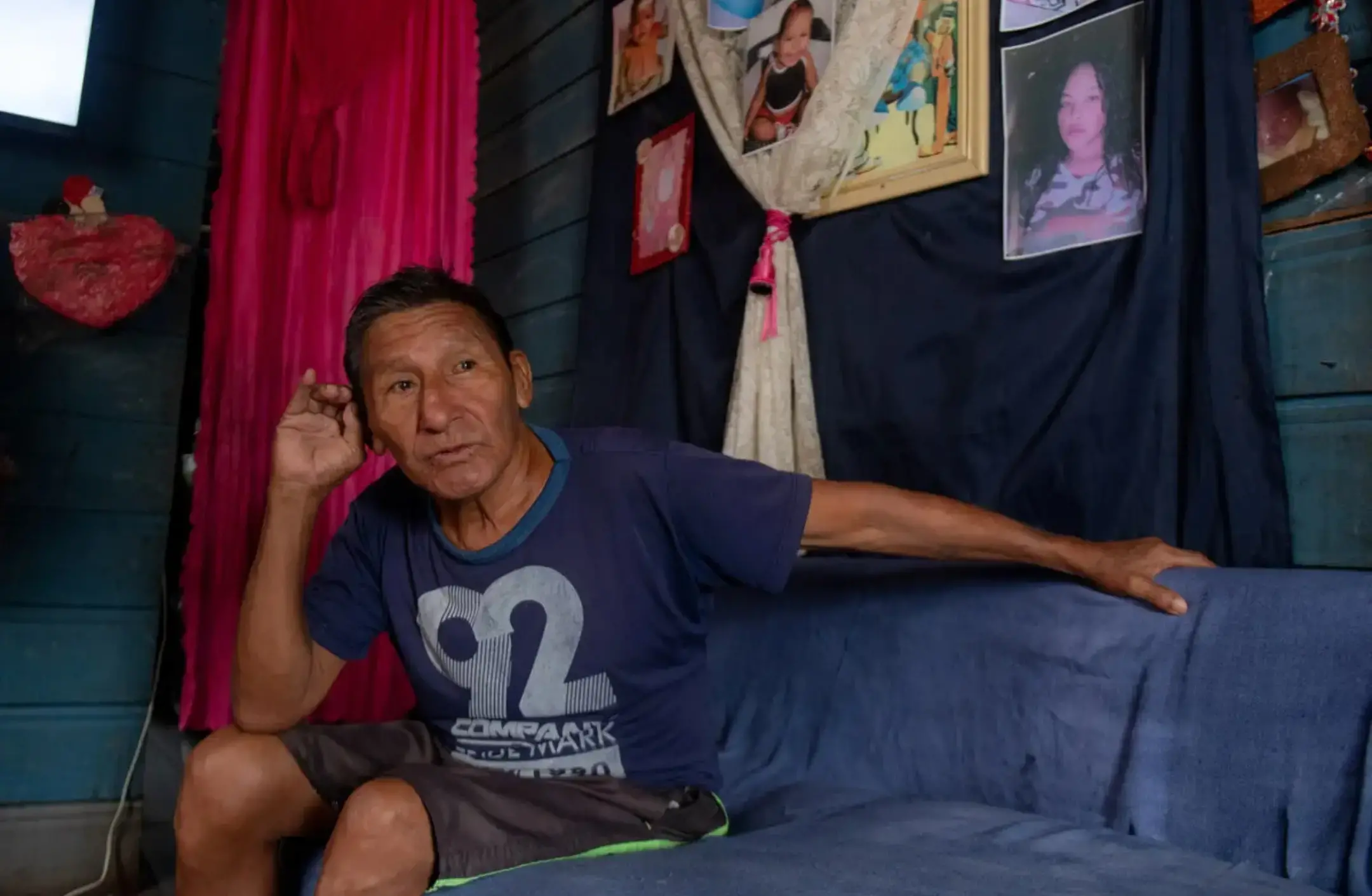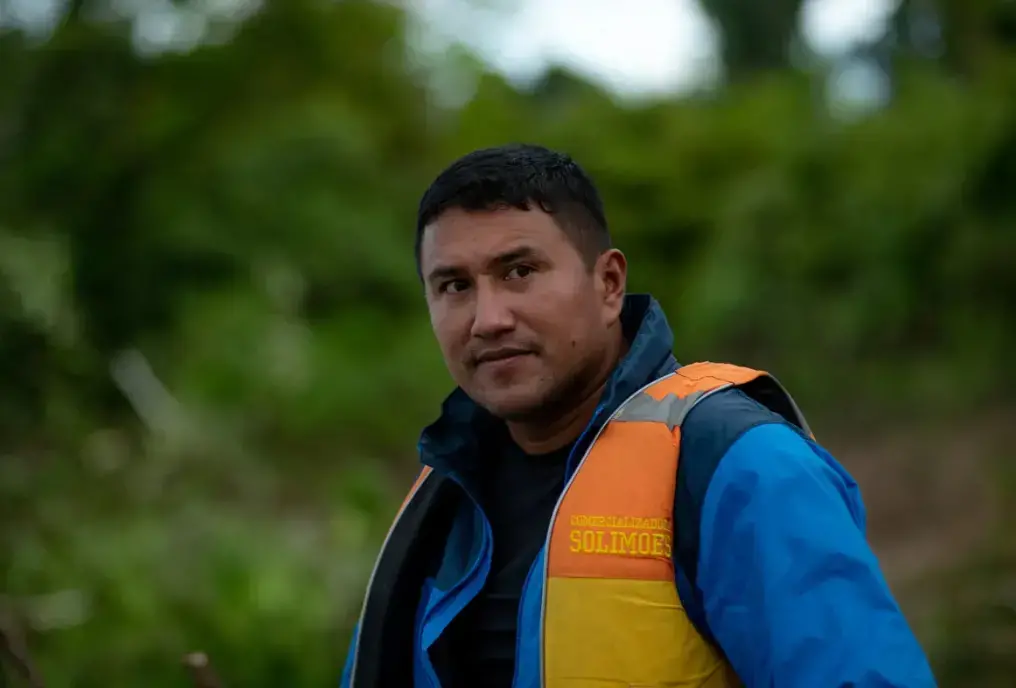This story excerpt was translated from Portuguese. To read the original story in full, visit Agência Pública. You may also view the original story on the Rainforest Journalism Fund website here. Our website is available in English, Spanish, bahasa Indonesia, French, and Portuguese.
Almost lost in the national memory, a massacre of Korubo Indigenous people in 1989 brings to light the family relationships between the perpetrators of the two crimes.
Atalaia do Norte (AM) — In the same stretch and on the banks of the same river, the Itaquaí. Among the perpetrators is a group of fishermen from a riverside community neighboring the events. They used the same type of weapon with identical caliber. And they also buried the bodies, in an attempt to erase the tracks. But a few days later the corpses were found, and the slaughter was revealed in its full extent.
Many parallels can be drawn between the murders of Indigenous activist Bruno Pereira and journalist Dom Phillips, which occurred last June 5, and the execution with gunfire of three Korubo Indians, then living in voluntary isolation in the Javari Valley, which occurred in September 1989 — a massacre almost lost in national memory.

As a nonprofit journalism organization, we depend on your support to fund journalism covering underreported issues around the world. Donate any amount today to become a Pulitzer Center Champion and receive exclusive benefits!
Another connection lies in the family relationships of the perpetrators of both crimes. Agência Pública found a copy of an identity card that confirms what is said by residents of Atalaia do Norte. One of the perpetrators of the slaughter of the Indigenous people in 1989, the riverine Sebastião "Sabá" Conceição da Costa, born in 1941 and already deceased, was the father-in-law of Oseney da Costa de Oliveira, "Dos Santos," 41, one of the three people arrested for the murder of Bruno and Dom and brother of the main defendant in the crime, Amarildo da Costa de Oliveira, "Pelado," 41.
Pelado is also the brother-in-law of Sabá's daughter and Dos Santos' wife, Raimunda Nonata Oliveira da Costa, 38. One of Dos Santos and Raimunda's children, now 21 years old, is named Sebastião, the name of his grandfather, accused of the Korubo massacre. Sabá's widow, França, lives next door to Dos Santos' house in Atalaia.
Fabrício Amorim, a friend of Bruno Pereira and member of the OPI (Observatory of Human Rights of the Isolated and Newly-Contacted Indigenous Peoples), an Indigenous expert on the history of the Korubo in the Javari Valley, collected various documents that were part of the lawsuit filed in court to investigate the 1989 massacre.











